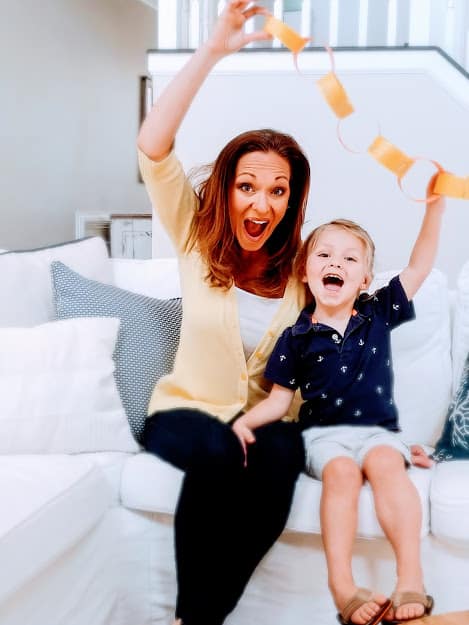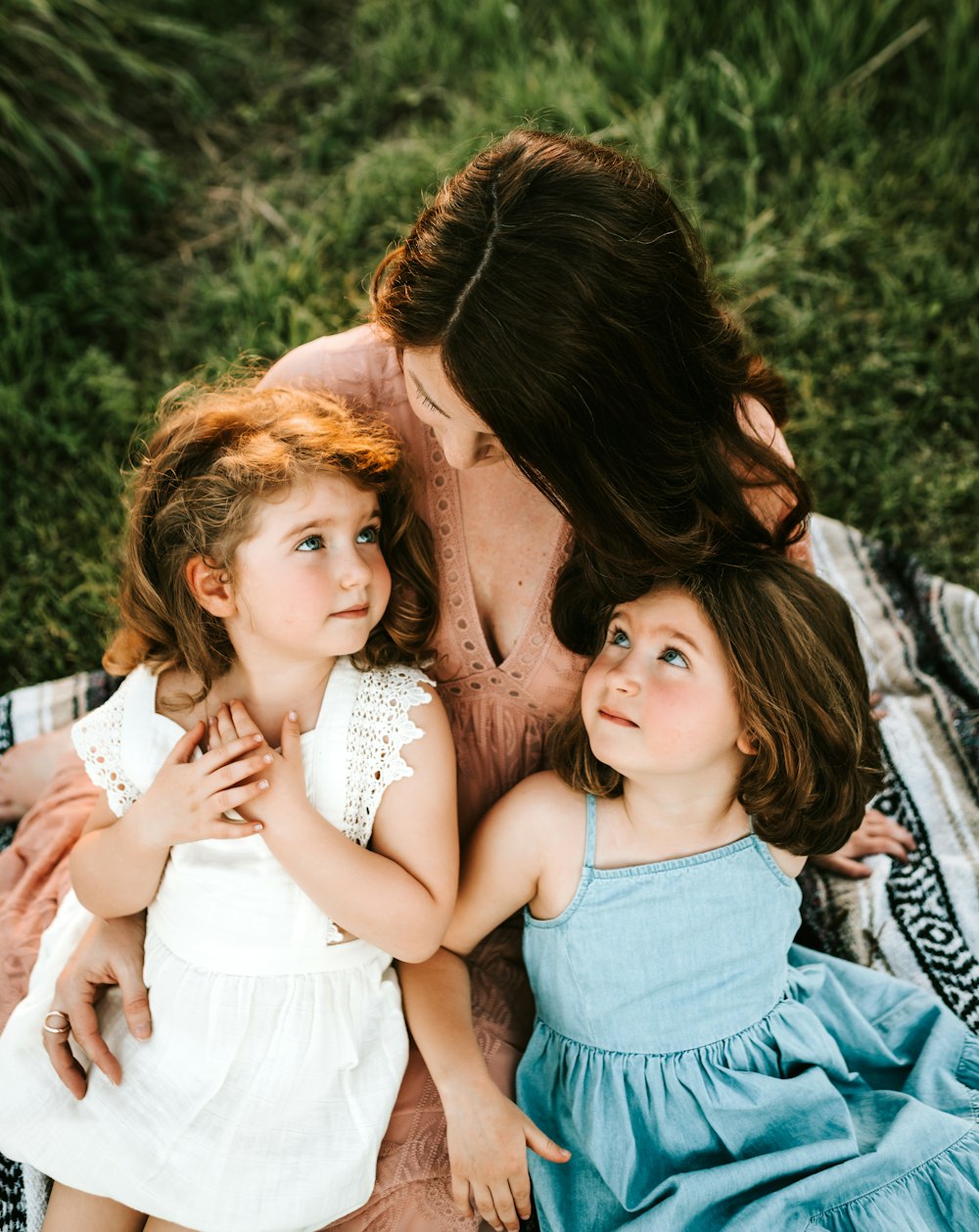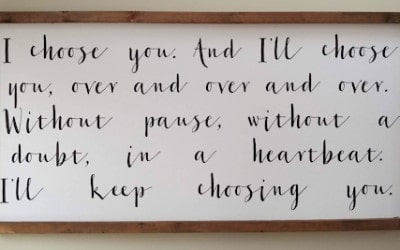Have a Conversation.
By starting with the literal question, children can express connection they can see. It may look like holding hands, or playing together. It may look like facetime with a friend or, a high five on the soccer field. It may be a classmate helping with a challenge or inviting them to join the game at recess. It could be sitting quietly with them as they read. Start here with your child. Have a conversation to see what connection looks like to them.
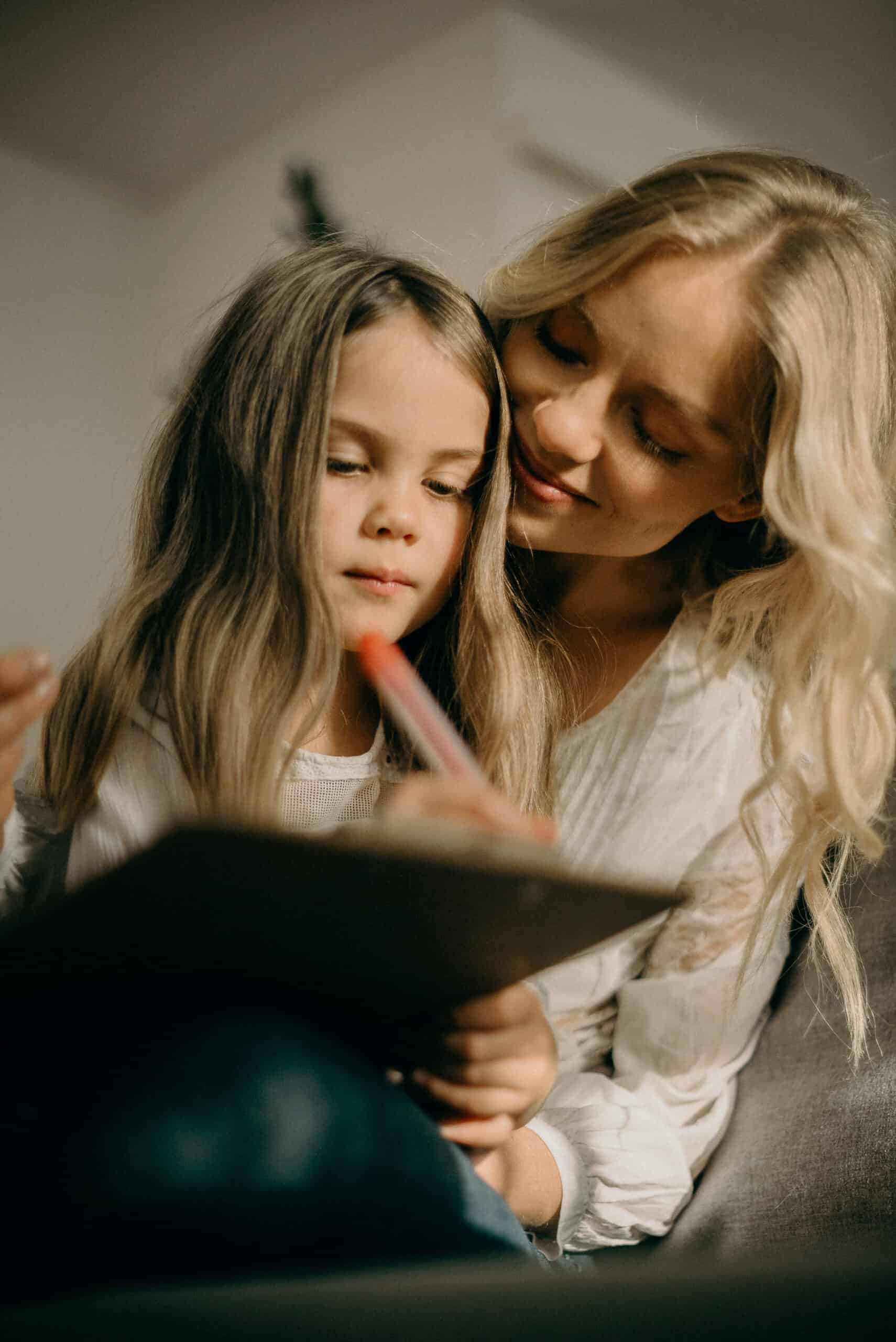
Based on your child’s love language, they may see connection from a different view than yours. This conversation gives you great insight into how your child sees connection. It also gives you an opportunity to learn how to connect with your child based on what they need.
And, we want more than what connection looks like, we long for the feeling. The feeling that we matter, that we are worthy of someone’s time and attention. That we are a part of something bigger than ourselves. We want to move from seeing connection, to feeling it deeply.

But how?
Consider what your child needs.
First, we must learn how our children see and feel connection. One of my sons feels connected when I praise his efforts. When I see his struggle and honor the challenge he walks through, he feels it. My other son feels quality time. He wants to be playing games, drawing with sidewalk chalk, or sitting with me. Notice your children. What do they ask for? How do they try to connect with you?
Understanding our children and their unique ways to feel connected helps us to meet their needs not based on what we feel, but based on what they feel.
And, what happens when our children are feeling disconnected? There are natural times of transition when at the end of the year your child feels disconnection from their classmates as they enter summer break. Maybe a friend moves away, or even worse, is no longer acting friendly. Maybe it’s the loss of a pet. All of these events are very real and can be times to focus on connection.
Sit with your child and honor their feeling. Recognize that it sounds hard, and remind them that it won’t always feel like it does now. Help your child to be proactive as a reminder that what they can control is their response to a situation.
Make Connecting Fun!
Understanding the way your child sees and feels connection, make a series of paper strips. Remember the paper chains we made for the holiday parties we had in grade school? They are a visual reminder of connection. This isn’t fancy art or supposed to look one way or another. It’s simply how connection looks, as we work on the way connection feels. Every time your child or your family feels connection, write what caused that feeling on a paper strip and build a paper chain.
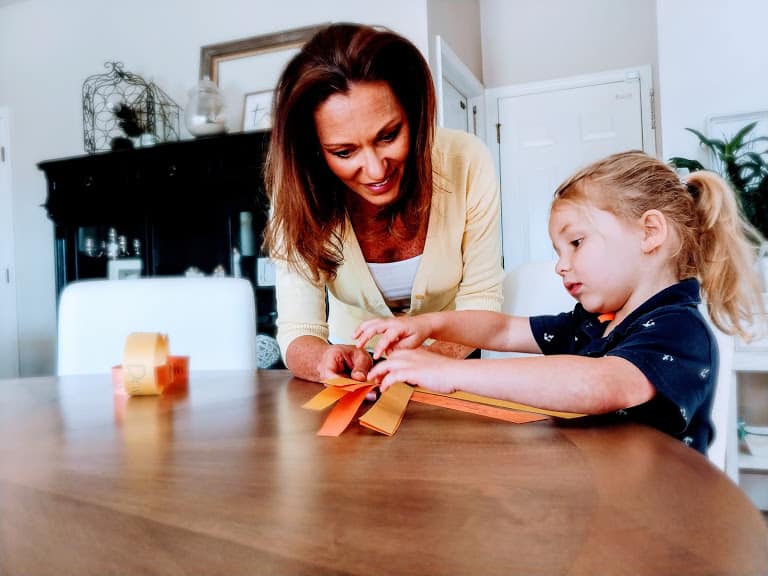 My oldest son has his permit, so I connected with him as he drove me to make a donation to our local food pantry. That was two links on our paper chain. One for the food donation, and one for driving together. My youngest son and I made art with sidewalk chalk. I created a “road” for his scooter and we practiced writing his name. It was another link in our chain.
My oldest son has his permit, so I connected with him as he drove me to make a donation to our local food pantry. That was two links on our paper chain. One for the food donation, and one for driving together. My youngest son and I made art with sidewalk chalk. I created a “road” for his scooter and we practiced writing his name. It was another link in our chain.
Focusing on what your child feels as connection is the only “rule” to this. If they feel connected, they add a link to the chain. If you have lost a pet, for example, they may want to draw pictures of the pet to feel connected. They may want to talk about stories with the pet. They may want extra time with you. It can all lead to the feeling of connection. It’s all part of the paper chain.
The paper chan can last as long as your child wants. And at some point, it may become a figurative chain rather than literal. You may say, “Thank you for helping me set the table. You just added a link to my chain.”
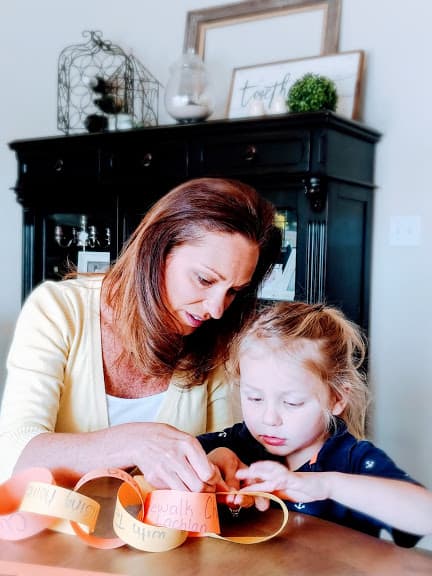 I’m always looking for more ways to build connection. I’d love if you shared your ideas, your paper chain photos, and passed the idea on with others.
I’m always looking for more ways to build connection. I’d love if you shared your ideas, your paper chain photos, and passed the idea on with others.
You matter. You’re doing a great job. You’re important, valuable, and loved.
And, we’re in it together.
Janelle
